How Is Biochar Made?
Biochar is a solid material formed from biomass through high-temperature pyrolysis. Widely used in agriculture and energy industries, it is an environmentally friendly product. The production process is as follows:
Biomass raw material preparation
First, select appropriate biomass raw materials, such as crop residues (such as rice husks, corn straws, sawdust, etc.), fruit shells (such as coconut shells), and forest wastes, and preprocess the raw materials, such as crushing, dry to appropriate moisture content.
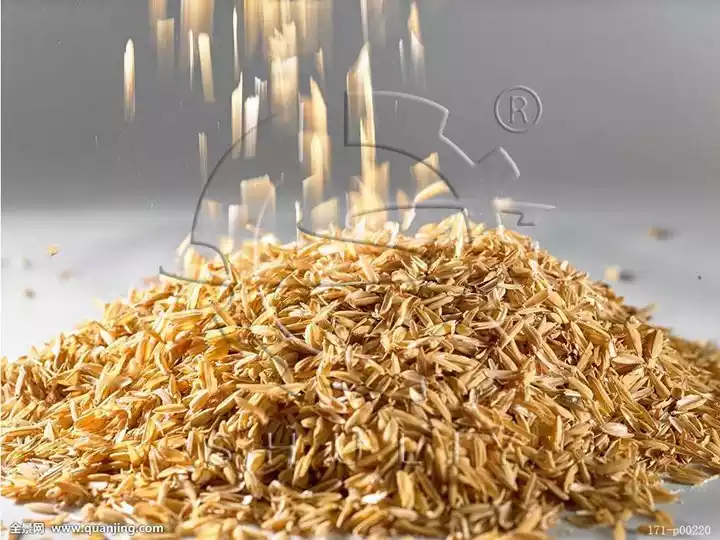
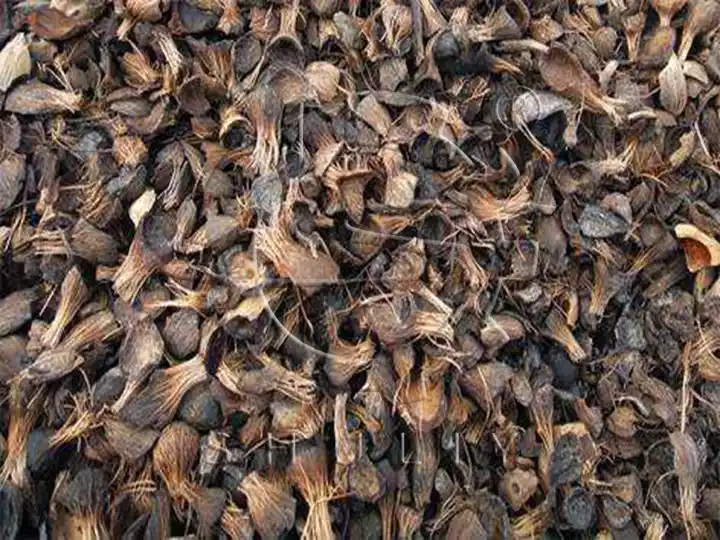
Carbonization process
Put the pretreated materials into the carbonization furnace.
Carbonization furnaces can be in various forms, including horizontal carbonization furnaces, hoisting carbonization furnaces, or new biomass continuous carbonization furnaces.
In the carbonization furnace, the raw materials are heated to high temperatures by limiting the oxygen supply or creating an oxygen-deficient environment.
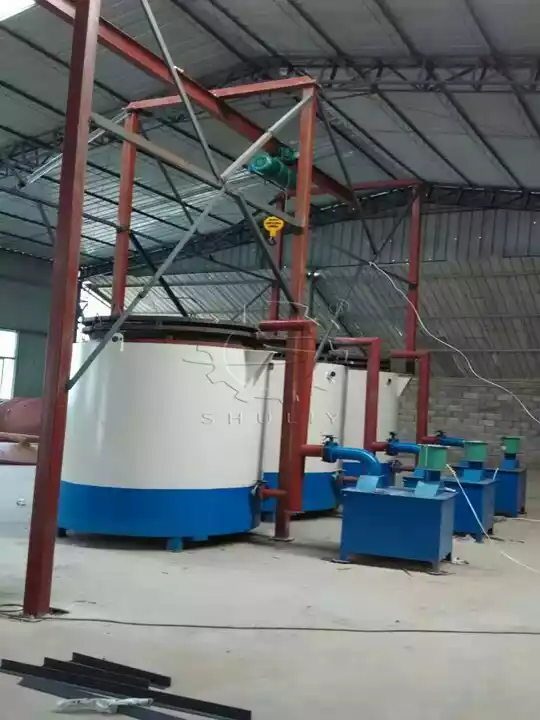
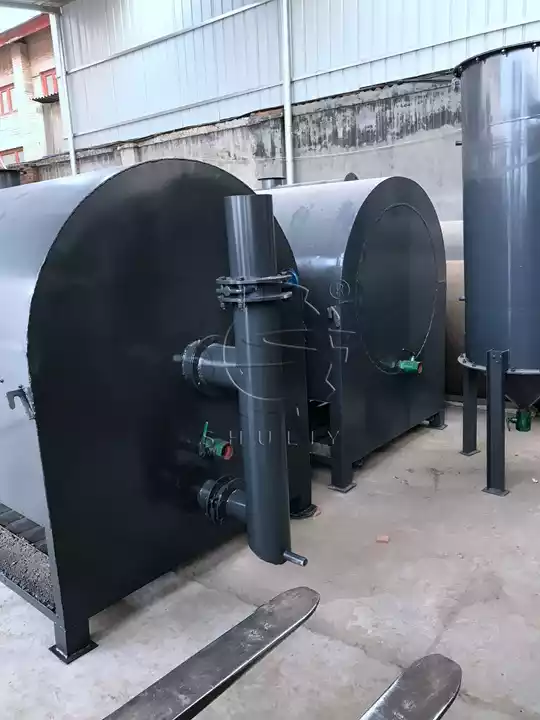
Pyrolysis stage of biochar processing
In the furnace, the biomass feedstock undergoes a pyrolysis reaction at a temperature of approximately 300 to 700 degrees Celsius.
During this process, volatile components in biomass such as water form flammable gases. (In our advanced biomass carbonization furnace, the combustible gases generated will be collected and then returned to the furnace as a secondary fuel to achieve thermal energy recycling. ), while the remaining solid portion is gradually converted into biochar.
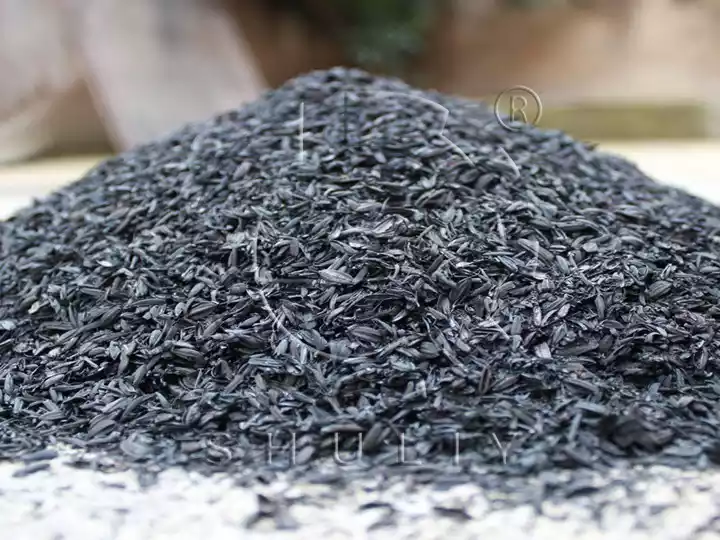
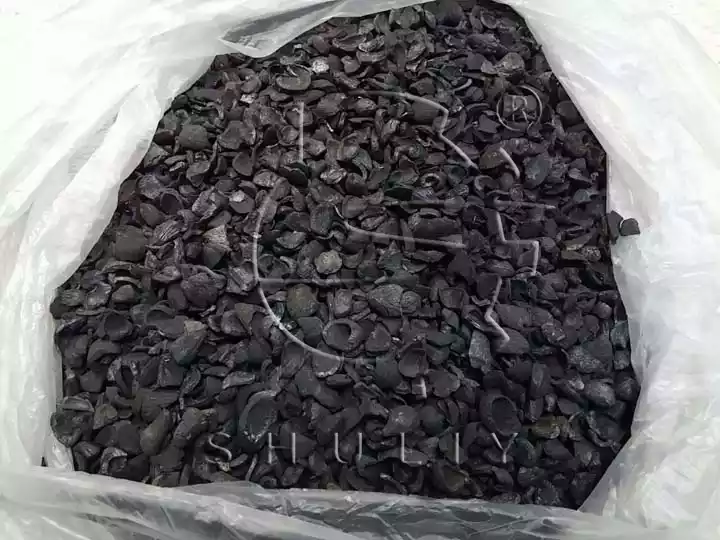
Cooling and collection
After the biochar completes pyrolysis in the carbonization furnace, it needs to be cooled for more than eight hours to bring the temperature down to room temperature to obtain a biochar product with uniform particle size and stable quality.
